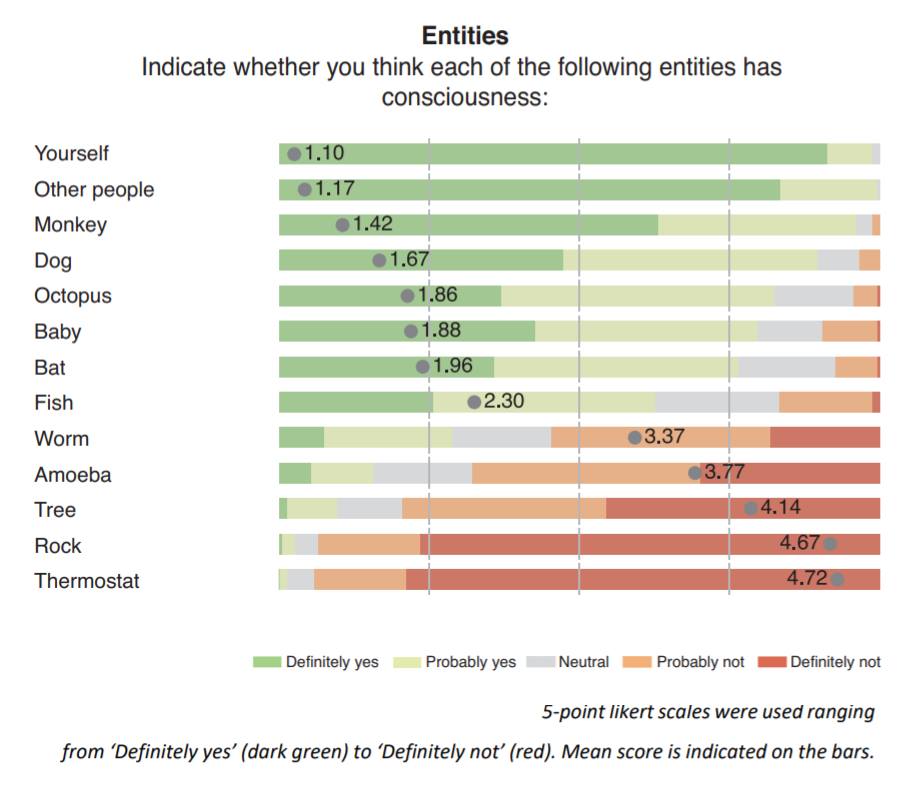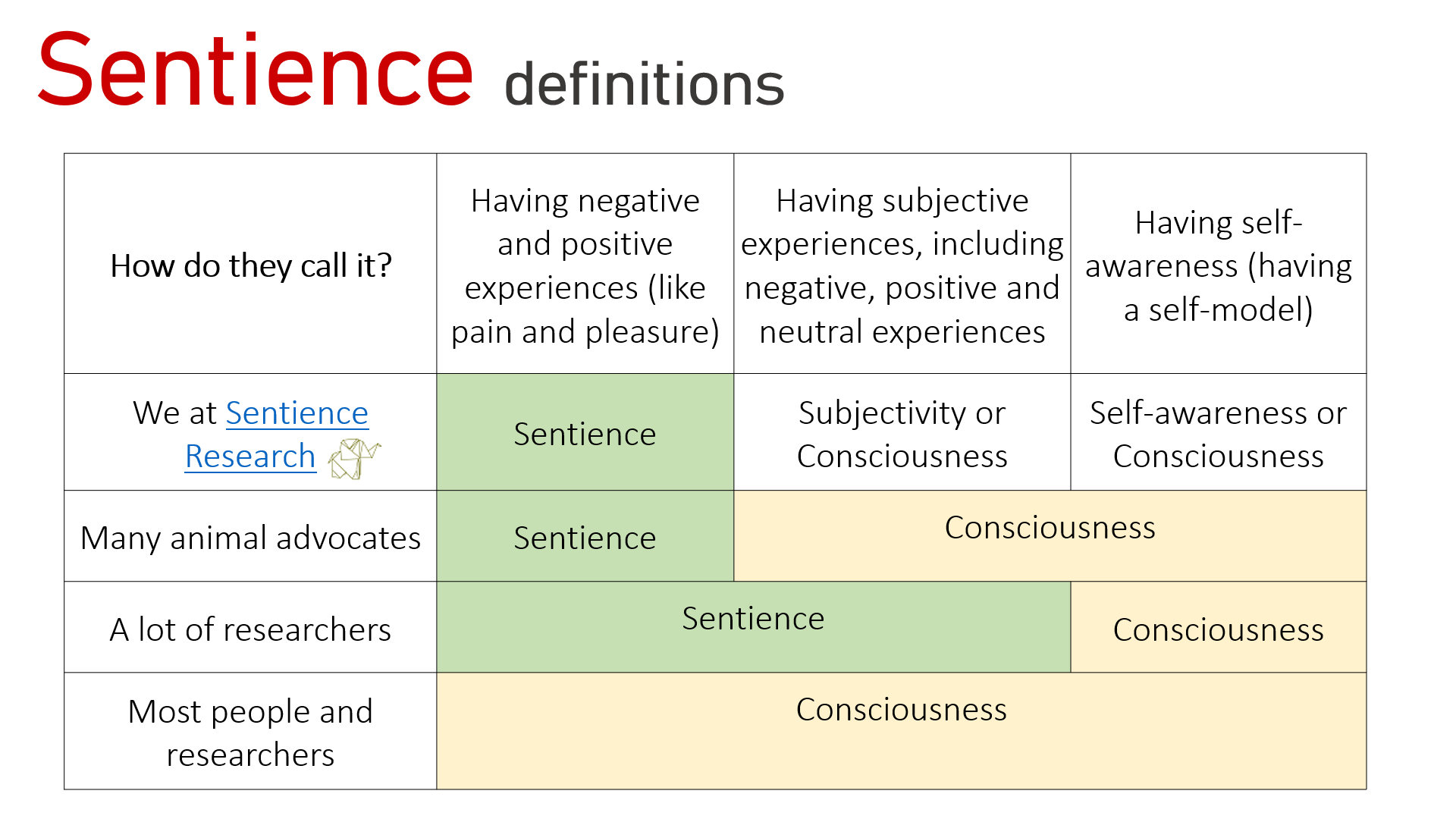Some problems of the very intuitive evolutionary emergentist paradigm trying to explain consciousness from neurons, thanks to Andrés Gómez Emilsson and Chris Percy at Qualia Research Institute:
The “Slicing Problem” is a thought experiment that raises questions for substrate-neutral computational theories of consciousness, particularly, in functionalist approaches.
The thought experiment uses water-based logic gates to construct a computer in a way that permits cleanly slicing each gate and connection in half, creating two identical computers each instantiating the same computation. The slicing can be reversed and repeated via an on/off switch, without changing the amount of matter in the system.
The question is what do different computational theories of consciousness believe is happening to the number and nature of individual conscious units as this switch is toggled. Under a token interpretation, there are now two discrete conscious entities; under a type interpretation, there may remain only one.
Both interpretations lead to different implications depending on the adopted theoretical stance. Any route taken either allows mechanisms for “consciousness-multiplying exploits” or requires ambiguous boundaries between conscious entities, raising philosophical and ethical questions for theorists to consider.
Source:
More info:


